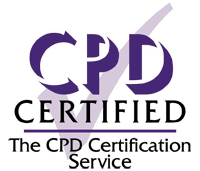Paediatric Audiologist, Natalie Stephenson, shares her experience working with children and young people, the impact of lockdown and the value of patient-centred care, throughout the COVID-19 pandemic. Am I glad that I know The Gruffalo off by heart? Yes, I...

